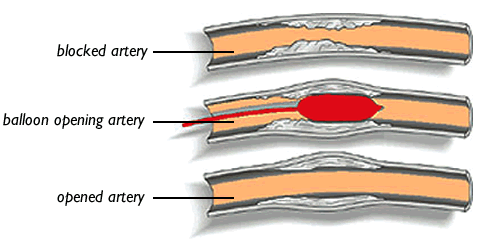|
The risks of Peripheral Artery DiseasePeter Kluge, DO Atherosclerosis is the formation of fatty deposits or plaque in the artery walls. Atherosclerosis involves all arteries of the body, and may be more severe in one area than another. The most common arteries involved are the coronary arteries of the heart, carotid arteries that supply blood to the brain and the peripheral arteries that supply blood to the arms and legs. Peripheral arterial disease is the accumulation of atherosclerotic plaque in the arteries of the arms and legs. The arteries supplying blood to the legs are more commonly affected by atherosclerosis than arteries in the arms. It is important for you and your physician to know if you have or are at risk for peripheral arterial disease (PAD). Patients with PAD are four to five times more likely to have heart attack and stroke than patients who do not have PAD. Thus, it is important to be aware of your risk factors (as listed above) and discuss the following steps to reduce your chances of developing PAD.
If you are found to be at risk for PAD or have PAD, your physician may recommend starting low dose aspirin and a cholesterol lowering medication to assure cholesterol is well controlled. In addition, it is also important to make sure your blood pressure is well controlled and monitored. Patients with PAD should inspect their feet and avoid risk of injury, because the reduced blood flow can impair wound healing, especially in diabetic patients. Symptoms of PAD include pain or cramping in the muscles of the hips, thighs, calves or feet during activity that are relieved with rest. Some patients do not have pain; instead their legs tire or become fatigued with activity. Unfortunately, most patients with PAD do not have symptoms, and it is often undetected. Severe PAD can result in ulcers or wounds that do not heal, and can lead to amputation. However, amputations can be prevented if PAD is discovered early and circulation is restored to the involved limb. Improving blood flow can be accomplished by surgical bypass, angioplasty or stenting, just as in the coronary arteries of the heart. If you have symptoms and/or risk factors for PAD as listed above, it is important to have an ankle-brachial index performed at your physician’s office. An ankle-brachial index test (ABI) is a non-invasive measurement of the blood pressure in your arms compared to the blood pressure in your legs. If the ABI test is abnormal, your physician will discuss additional studies done to evaluate the blood flow to the legs. This may involve an arterial doppler ultrasound (non-invasive test) that can identify atherosclerotic plaque and measure the blood flow in the arteries. It is also commonly used to evaluate the carotid arteries that supply blood to the brain. A CT scan or MRI can also evaluate the amount of atherosclerotic plaque in the arteries of the legs. Lastly, an angiogram is an invasive study performed to evaluate the degree of blockage in the extremity. The angiogram involves a puncture of the femoral artery in the leg allowing a catheter to be passed in the aorta (the large artery in the abdomen). Through the catheter, contrast dye is injected and x-rays are obtained. Often if there are blockages, they can be addressed through the catheter by using a balloon and sometimes placement of stents (as illustrated in the picture below). Some blockages are better treated with surgical bypass.
Dr. Peter Kluge – Eau Claire Medical Clinic |




